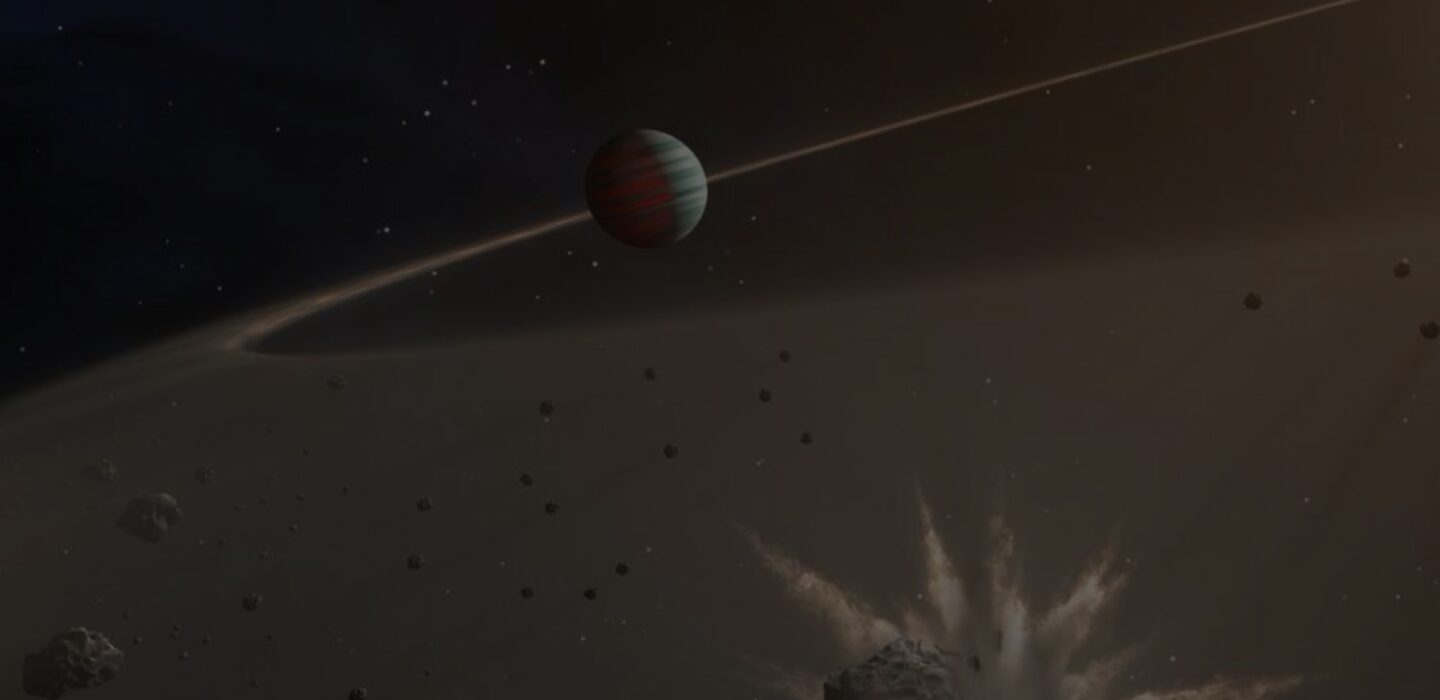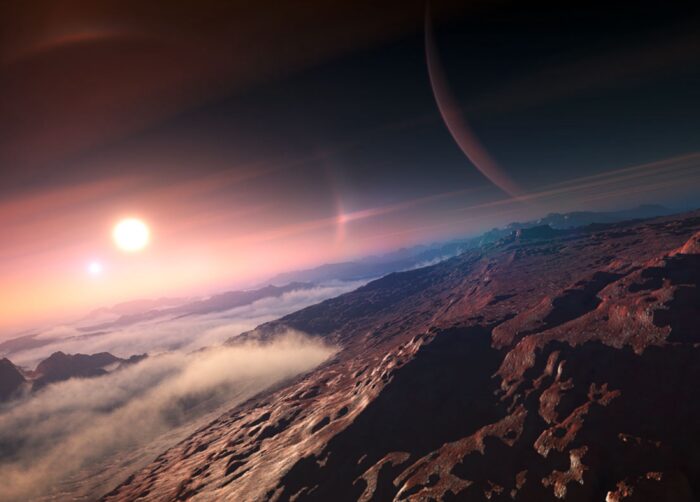Exoplanets

The study of exoplanets, or planets orbiting stars other than the Sun, is key to understanding the physics of planet formation and evolution as well as our own cosmic origins.
Since the discovery of the first exoplanets in the 1990s, astronomers have found thousands of planets outside our solar system. It has been found that planets outnumber stars in our galaxy and that other systems possess a greater diversity of planetary types and architectures than our own solar system.
Now that it is clear that planets are an almost ubiquitous outcome of star formation, the following fundamental questions can be addressed:
- Which initial conditions and physical processes during the planet formation process determine the nature of planets and orbits in a system?
- What is the full diversity of planetary systems, and how can extreme systems teach us about the physics of planet formation?
- To what extent is our solar system, its makeup, and its architecture normal or unusual?
- Are the exoplanets astronomers have found similar to the worlds in our solar system?
- Does life exist outside the solar system, and if so, how common is it?
Scientists at MKI study exoplanets using a multi-pronged approach involving extensive efforts in instrumentation, observations, and theory. Major initiatives include the discovery of planets discovered by the TESS mission (which was built at and is operated by MKI), the detailed study of planetary compositions and atmospheres with observations from telescopes including Magellan and JWST, and theoretical studies to understand the properties of planetary atmospheres and how gravitational interactions can sculpt populations.

Credit: ESA/Hubble

Credit: IAU/L. Calçada
Exoplanet detection, characterization, and analytics
Prof. Andrew Vanderburg’s research group works on exoplanet detection and characterization and using a broad range of observational techniques, including space photometry, Doppler spectroscopy, and mid-infrared imaging with the JWST. They hope to understand how common different types of planets are in our galaxy, how their detailed properties (geology, atmospheres, bulk compositions) compare to the planets in our solar system, and how planets change over time, including after stellar death. They are especially interested in whether new methods, including cutting-edge artificial intelligence techniques, can help to learn more about these fascinating worlds.
Formation and dynamics of exoplanets
Prof. Sarah Millholland’s research group studies the formation and evolution of extrasolar planetary systems. They use orbital dynamics and theory to study patterns and peculiarities in the observed planetary orbital architectures. This refers to properties like the spacings, eccentricities, inclinations, axial tilts, and planetary size relationships. Her group also studies planetary interiors and atmospheres, specifically the cross-section between orbital dynamics and planetary physical properties. The aim is to understand the origins of exoplanetary diversity, especially what makes them different from the planets in our own Solar System.
Biosignatures and the search for life
Prof. Sara Seager works on the search for another Earth. One branch is working towards transmission spectra of planets transiting red dwarf stars with a focus on mitigating stellar contamination. The other branch is the search for an Earth analog via space-based missions.These two branches are tied together with exoplanet atmosphere modeling and an extensive list of potential biosignature gases. Prof. Seager also works on the search for signs of life on Venus via both laboratory chemistry and space missions design and implementation.